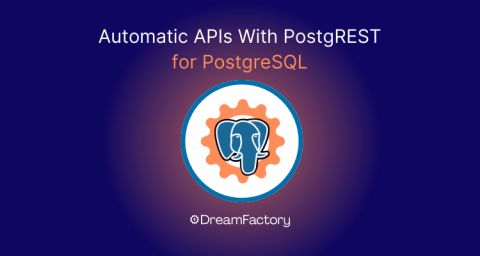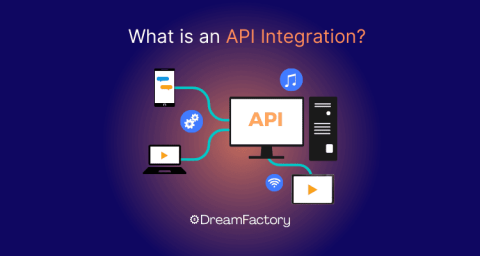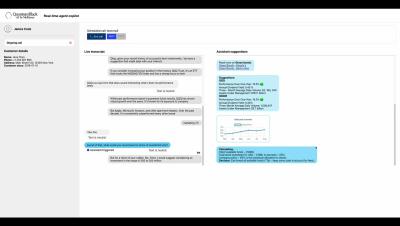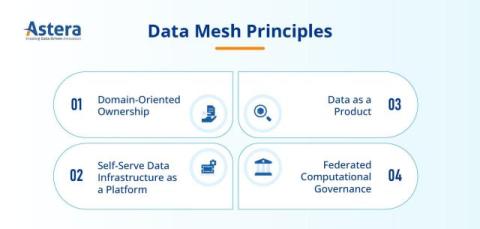Automatic APIs With PostgREST for PostgreSQL
Storing information in a relational database and sharing it via a RESTful API is a very common scenario these days. Depending on your RDBMS (relational database management system), this may take a lot of development effort. One solution that attempts to simplify the process is the PostgREST web server add-on for PostgreSQL. If your organization uses the PostgreSQL database, PostgREST quickly adds basic CRUD (create, read, update, delete) functions in an easy-to-use RESTful HTTP interface.











